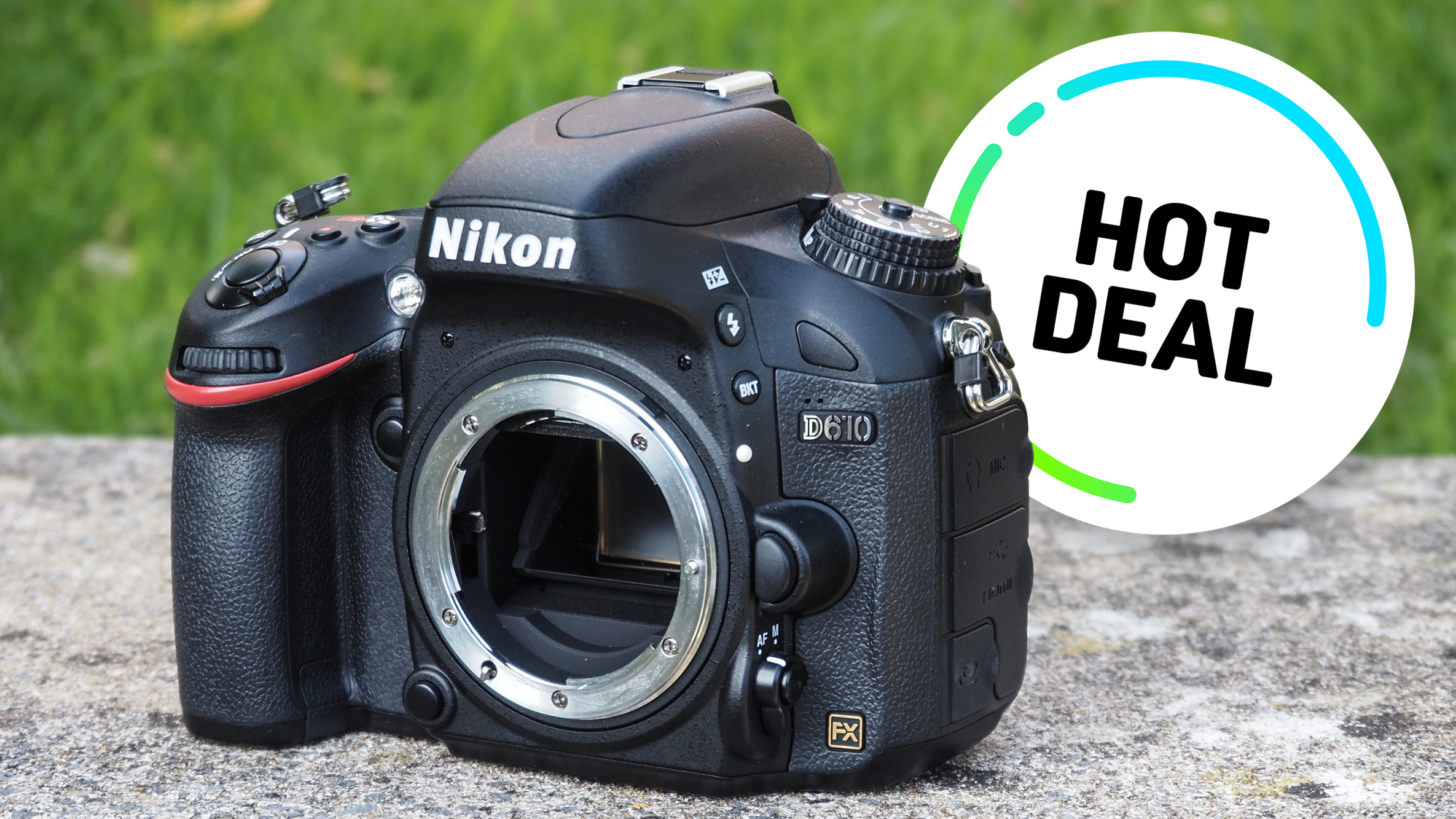Skydio X2 drone enlists for battle with 100x digital zoom & infrared camera
The Skydio X2 drone packs a thermal camera and 360˚ Superzoom to win over military users and first responders
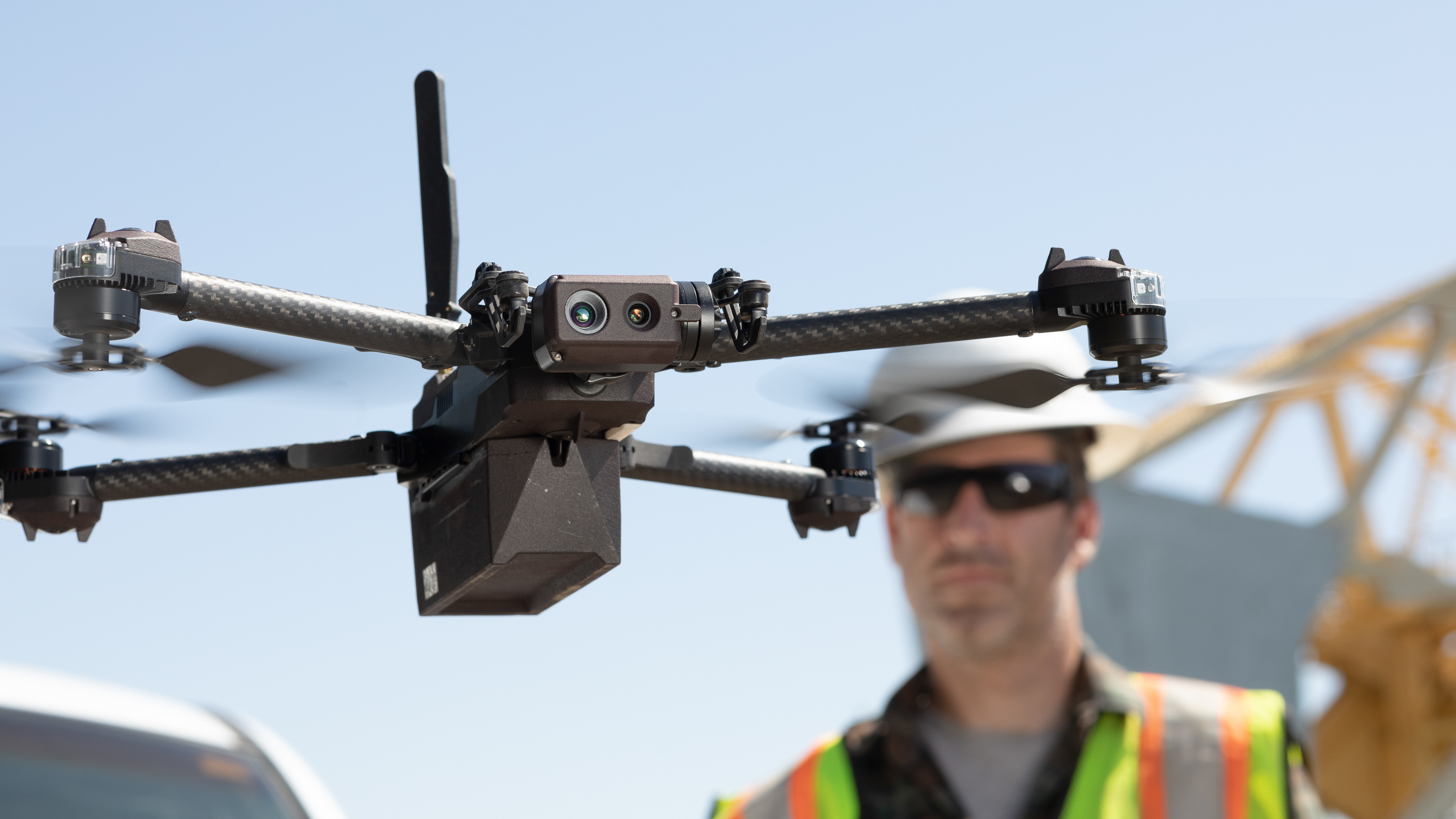
The Skydio X2 drone brings the company’s famed autonomous flying to the lucrative enterprise market with a thermal-imaging camera and “360˚ Superzoom!”. Building on the technology in the recently-release Skydio 2 – which is essentially a very good "selfie drone" – this is a larger, more powerful device will help Skydio capitalize on the deals the firm already has with the USAF, army and police.
Hot on the heels of the Parrot’s Anafi USA, this latest announcement from Skydio takes full advantage of the hostility faced by the world’s leading drone company, DJI, in the USA. The increasingly hostile environment for Chinese products gives California-based Skydio a real opening, and they have perhaps the strongest claim to being truly ‘American’. Distasteful or not, it seems Skydio are more than happy to capitalize on the opportunity, and with US-assembled aircraft and founders who met at MIT, it seems they hit all the right notes for the US government.
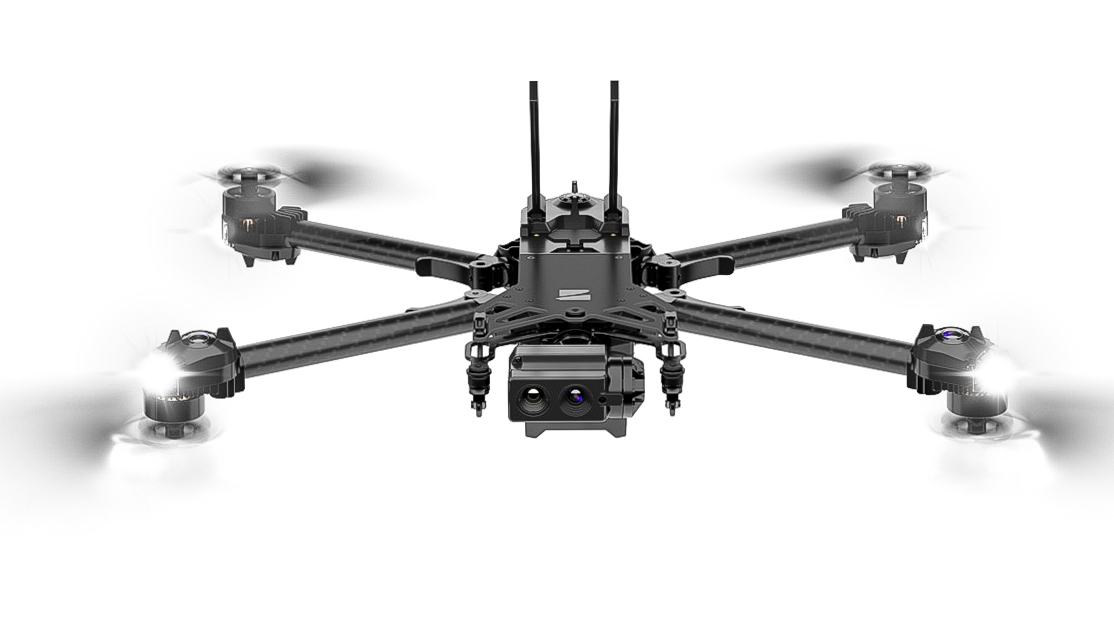
Skydio’s commercial offering is an all-new folding frame, built with carbon-fiber legs, an under-slung 35-minute battery and a dual optical/thermal imaging camera. In that respect, it has more than a few similarities with the Parrot Anafi USA but, while the French firm’s CEO dismissed collision avoidance as “a gadget,” it is Skydio’s signature technology. This drone – for the first time on a folding drone – features the company’s 6-camera system which can not only avoid obstacles but plot its own course through them while tracking a subject. The drone has a range of 10km, in the US at least, which is 6.2 miles.
The Skydio X2’s FLIR Infra-red thermal camera is 320x256 pixels, while the main camera is a slightly more pedestrian 12 megapixels. It’s tricky to imagine how a sensor this size will perform at 100x digital zoom (that’s the 360 Superzoom), but it’s worth noting that the system has access to the navigation cameras too from which it can assemble 360 or 180-degree images.
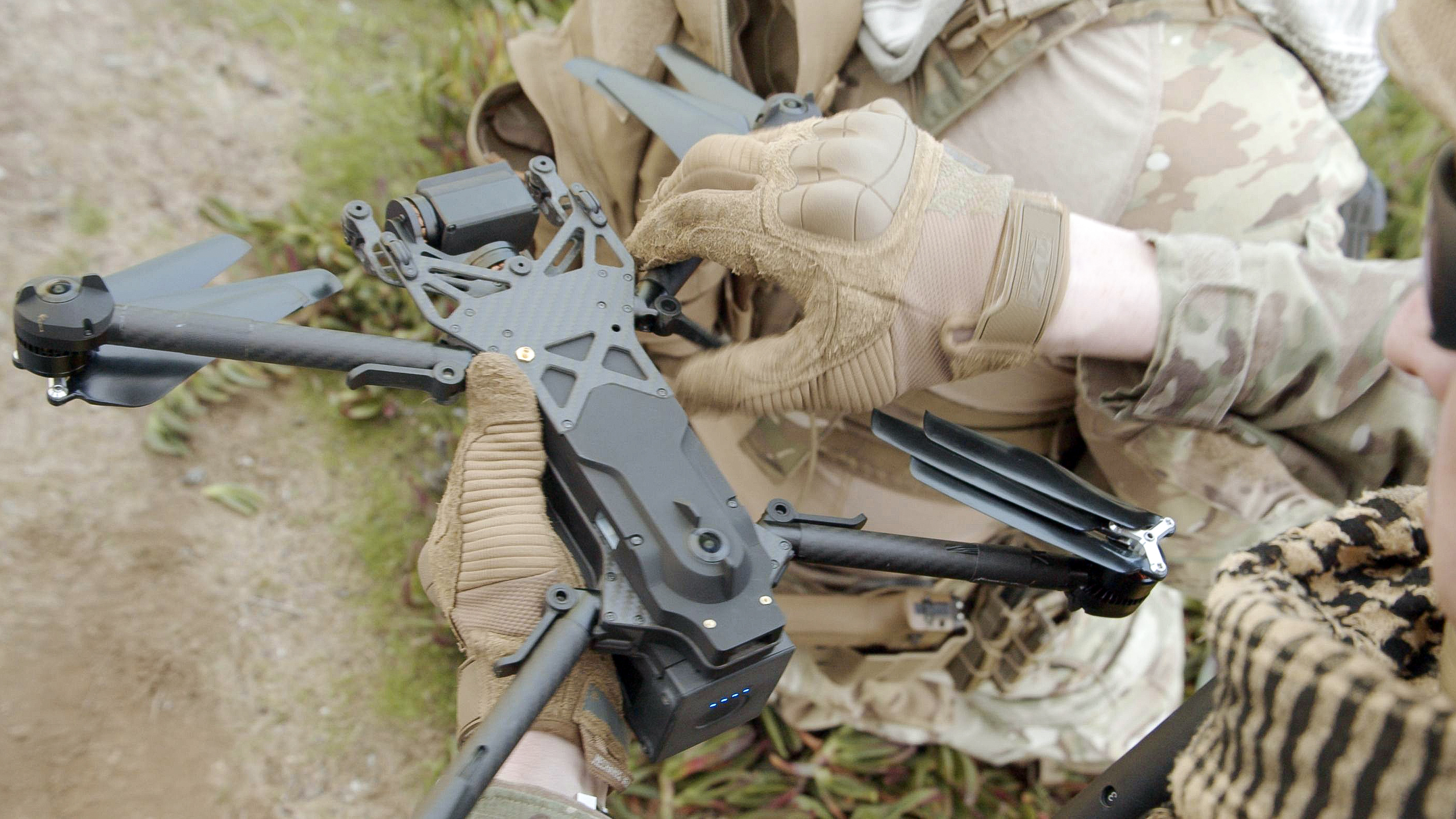
In the pipeline is also a new 3D scanning feature which appears to solve many inspector’s problems. This will be available for both Skydio 2 and the new X2 drones, and can determine its own route around complicated objects like girder bridges, or fly tight in on a roof for a detailed inspection. This kind of additional software skill is a key part of Skydio’s plan, similar to the way a Tesla might be fitted with the tech for Autopilot but you need to pay extra for it. Expect to see other skills, like cinematography, arrive later as the company continues to push into DJI’s market.
With the Skydio X2, the firm are also offering a much larger controller – the Skydio Enterprise Controller – featuring a large monitor, dispensing with any need for phone apps for quick setup (though it must be said the videos shown of the 3D Scan tool appeared to be on an iPad). At the same time improvements to manual control will include a precision mode should make commercial operation easier.
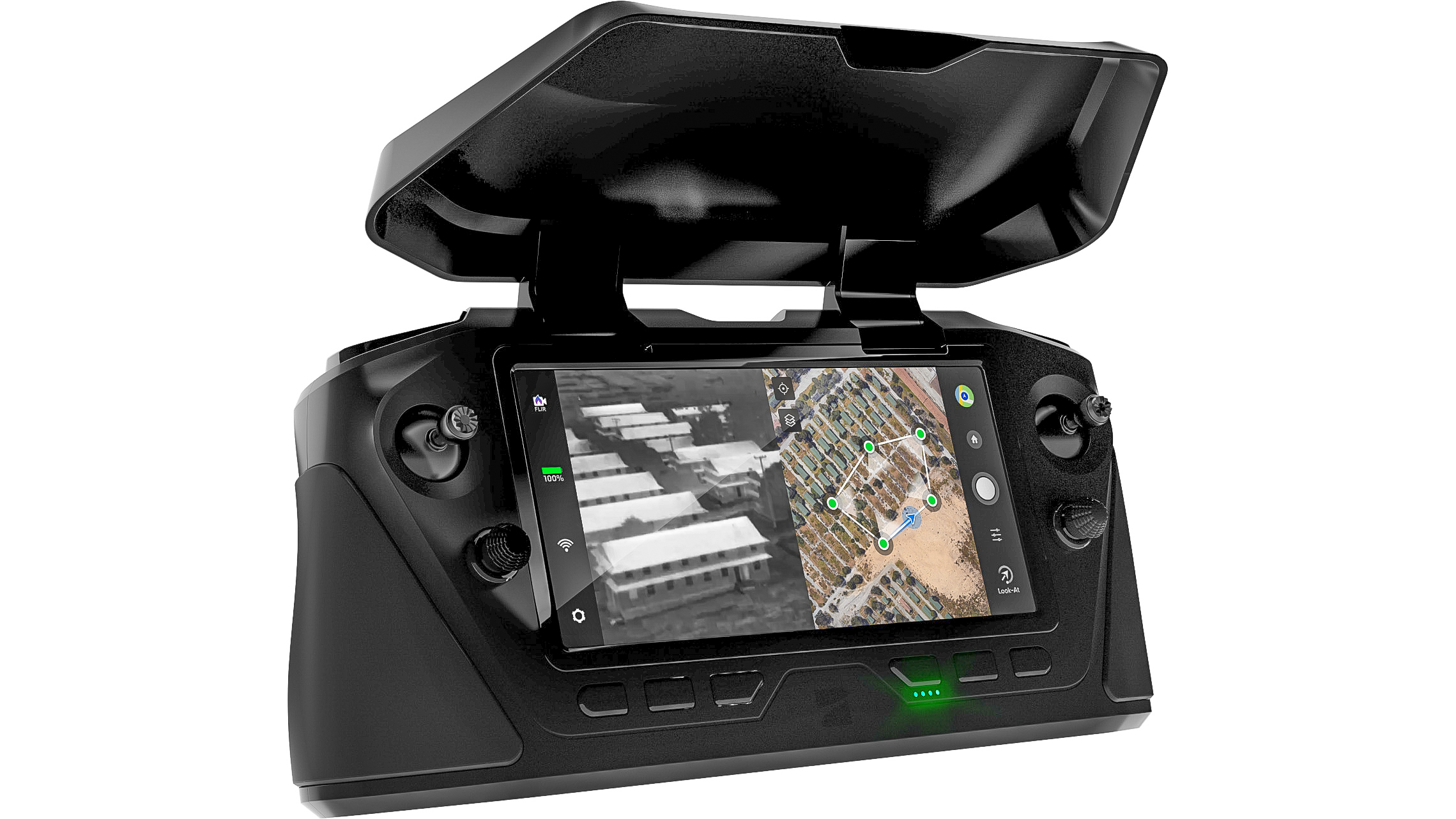
The Skydio X2 will ship in Q4 2020 according to Skydio. The drone will be offered in two editions, the Skydio X2E – for enterprise and civilian agencies – and Skydio X2D – for the US Army. No word yet on pricing.
Get the Digital Camera World Newsletter
The best camera deals, reviews, product advice, and unmissable photography news, direct to your inbox!
It is fair to say that the firm has struggled to meet previous self-imposed deadlines, including shipping the Skydio 2 consumer drone. While the February 2018 Skydio R1 was $2,500 and only really sold as a kind of public beta, the current $999 Skydio 2 was announced in October 2019 and is still hard to get hold of, with customers typically having to order from Skydio directly and then wait patiently. It also remains to be seen how the accessories will be packaged – the Skydio 2 drone doesn’t come with key accessories, like the controller, for example.
Nonetheless, this is a significant announcement, coming at the same time as a $100million funding injection from German tech-giant Siemens. Skydio has said they won’t be turning away from the consumer market or weaponizing their tech (the X2D is for recon and R&D), but it is extending its manufacturing capacity which means it’s definitely time to see the firm as more than just a Silicon Valley experiment.
Read more
• Best camera drones
• Best drones for beginners
• How to fly a drone
• Drone rules: US, UK and beyond
• Best underwater drones
• Best drone accessories
• Best drones for kids
• Best indoor drones for fun
• Make money from a drone

With over 20 years of expertise as a tech journalist, Adam brings a wealth of knowledge across a vast number of product categories, including timelapse cameras, home security cameras, NVR cameras, photography books, webcams, 3D printers and 3D scanners, borescopes, radar detectors… and, above all, drones.
Adam is our resident expert on all aspects of camera drones and drone photography, from buying guides on the best choices for aerial photographers of all ability levels to the latest rules and regulations on piloting drones.
He is the author of a number of books including The Complete Guide to Drones, The Smart Smart Home Handbook, 101 Tips for DSLR Video and The Drone Pilot's Handbook.
